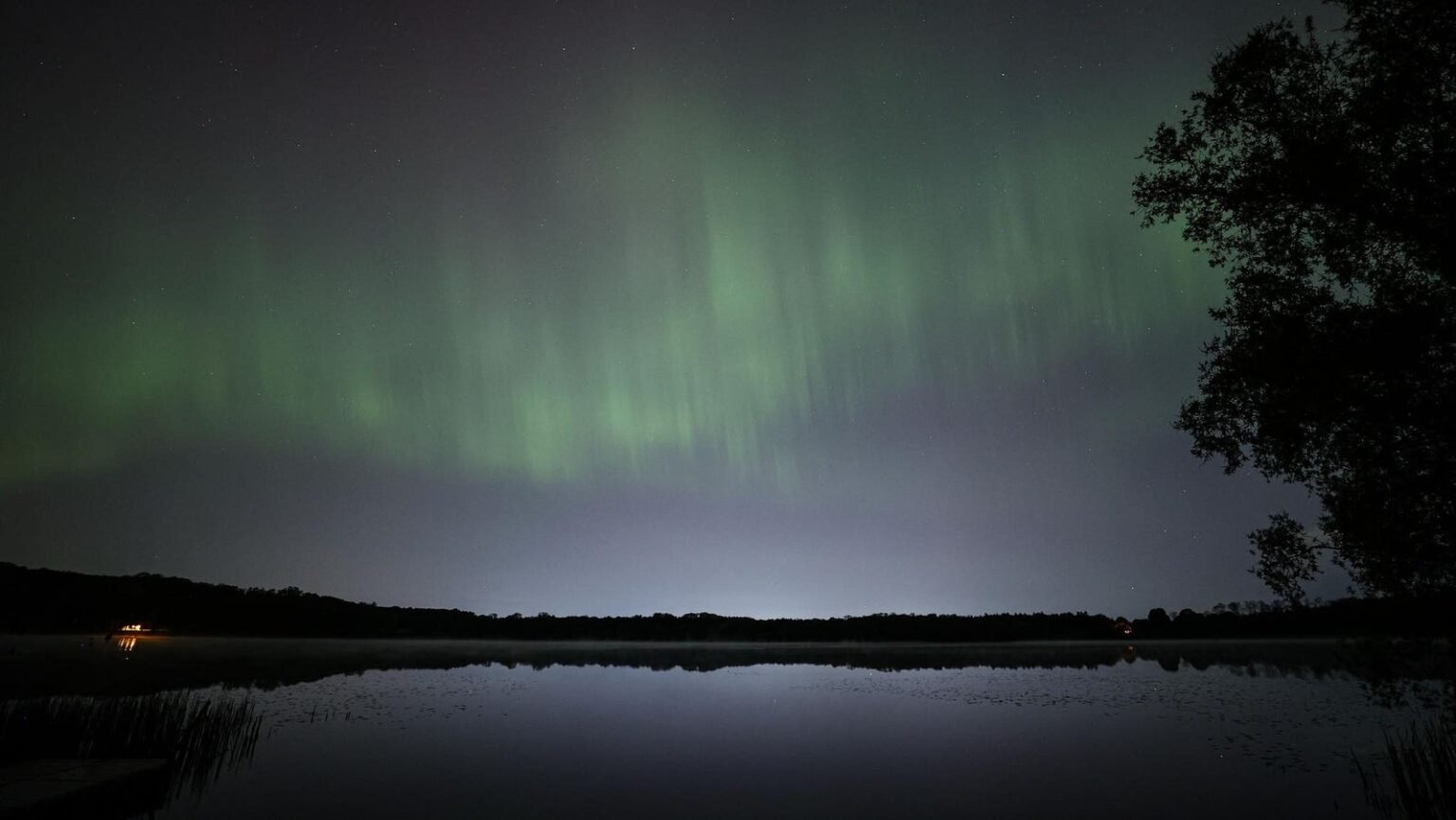Millions of people in the United States are eagerly anticipating the possibility of seeing the Northern Lights once again on Sunday night, as Earth continues to experience the effects of a “historic” geomagnetic storm. The National Oceanic and Atmospheric Administration (NOAA) has predicted that the Northern Lights may be visible in most of Canada and Alaska, with potential visibility in the continental U.S. as far south as Alabama, including cities such as New York and Chicago. These lights are caused by an ongoing geomagnetic storm, with coronal mass ejections from the Sun bombarding the Earth at speeds of 1,800 kilometers per second.
The National Weather Service has issued a G4+ watch for a “Severe to Extreme” geomagnetic storm on Sunday, warning of potential power grid irregularities, communication degradation, and GPS disruptions. This storm is expected to continue to affect Earth through Monday, until a large and complex sunspot known as NOAA Region 3664 rotates out of view on Tuesday. The forecasted strength for Sunday’s Northern Lights is a Kp 6, meaning they will be bright and active, possibly visible even further from the poles. The best time to view the lights is typically between 10 p.m. and 2 a.m., away from city lights and light pollution.
The Northern Lights are caused by solar wind interacting with Earth’s magnetic field. The current storm began on Friday, prompting the National Weather Service to issue a severe geomagnetic storm watch, the first since January 2005. Friday night saw a historic display of the Northern Lights across the U.S., including in urban areas with significant light pollution. The severity of geomagnetic storms is measured by NOAA’s G-scale, with the current storm reaching G3 or G4 over the weekend and briefly reaching G5 activity on Friday night. The storm is expected to continue through Monday, likely weakening to a G3 strength.
While the Northern Lights may still be visible on Monday night, they are expected to be dimmer compared to Sunday, with a predicted Kp 4. The storms are forecasted to dissipate on Tuesday after Region 3664 rotates away from the Earth. Predicting the Northern Lights is difficult, but forecasters use the K-index to communicate the strength of geomagnetic storms. Viewers are advised to travel close to the magnetic poles for the best viewing experience and to avoid city lights for optimal visibility. The awe-inspiring spectacle of the Northern Lights is a rare event that is sure to draw stargazers and nature enthusiasts alike.












